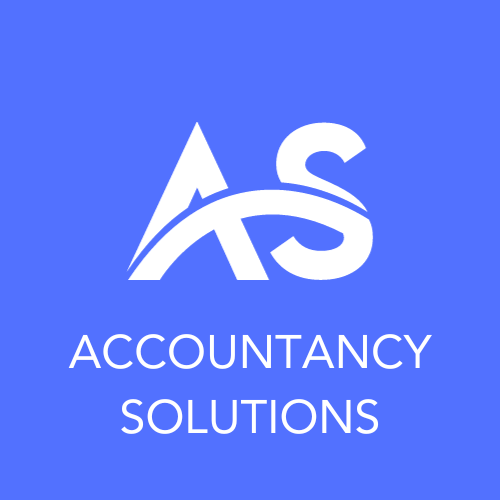Financial forecasting is a must for any successful business. Many different factors and industry changes can affect the way you do business. Preparing financial projections can help you plan ahead and provide a baseline for any changes outside of your control.
Our helpful accountancy guide answers ‘what is a financial forecast?’ and dives in on how to prepare projected financial statements for your small business. Read on!
What is a financial forecast?
A financial forecast entails making fiscal projections that inform financial business decisions. This includes looking at current business trends, past business performance and financial data. Analysis of this then determines future business performance.
Why should I make a financial forecast as a small business?
Preparing financial projections is super important for small businesses. It helps to determine business goals (either long term or for the year) and ensures your making smart decisions by looking at your company’s data and industry trends. It’s also beneficial for employees and potential investors as it communicates your business goals.
5 benefits to financial forecasting you should know about
You can set realistic business goals
Financial forecasting manages your business expectations by predicting how much your business will grow or decline.
It’s easier to complete yearly budget planning
Financial forecasting helps to make your annual budgeting more accurate thanks to the insights from the analysis of cash flow, future goals, business expectations, and financial positions.
You’ll reduce the risk of overspending
Your business’ financial decisions are better justified with financial planning. It’s easier to create a budget by being informed and in turn reduces overspending.
Makes your business more appealing to investors
Predicting future performance with financial forecasting gives investors a plan on where your business is heading. It also shows them their ROI and proves to them that you’re on top of the plans for your business’s future.
Analysing performance identifies problems
By analysing past business performance with financial forecasting, you’re able to see which areas aren’t performing as well as you would like them to. You can then make an informed decision on
4 types of financial forecasting
There are different types of financial forecasting that would benefit you, depending on your aims and circumstances. We’ve listed them below.
Budget financial forecasting
Budget forecasting will show the most ideal outcome of a business budget. It creates expectations and the results will guide your business’ future.
What is the difference between a budget and a financial forecast?
Budgets will highlight the direction of a business’s finances and a forecast will track if the company is meeting the goals that were set out originally in the budget.
Sales forecasting
Simply put, a sales forecast is how much of your product/service you expect to sell annually. This makes it easier to allocate budgets and resources.
Income forecasting
Income forecasting helps to predict a company’s future financial performance by looking at past performance and growth rate. This type of financial forecasting is also important for investors.
Cash flow financial forecasting
Estimating how much cash comes in and out of the company over a fiscal period is called cash flow forecasting. It takes into account expenses and incomes and can be beneficial for short-term budgeting.
Now that you know the types of financial forecasting, read on to find out how to prepare projected financial statements.
How to prepare a financial forecast in 4 steps
We’ve made a short guide on how to prepare a financial forecast below.
1. Identify the purpose of your financial forecast
The first thing to do when planning a financial forecast is to decide on the aim. This means you can decide on the right metrics to track performance. The aim could be wanting to see how many products or services you sell in a given period, for example.
2. Have your past financial statements to hand
Historical data will inform your financial forecast. You’ll need financial statements, like:
- Revenue
- Losses
- Investments
- Expenses
- Fixed costs
- Equity…and more.
3. Choose the right financial forecast method and decide on a time frame
A typical financial forecast will be annually but this can be changed depending on the type of forecasting you decide you use (as we mentioned above). There are also different methods of financial forecasting. Quantitative looks at past data to identify trends. Qualitative focuses on the opinions of experts on the industry and any changes. Quantitative is used most often but both can be effective depending on the aim of the financial forecast.
4. Document, monitor and analyse the results
Keep an eye on the financial forecast as it runs throughout the designated time period and make note of any changes – whether this is internally in the business or externally within the market. It’s a good idea to also analyse the data continuously for easier management and to stay on top of financial insights.
We hope this guide on how to prepare projected financial statements was helpful. Next, make sure to see our Tax Calendar dates to remember for 2024 and our guide on Corporation Tax fines to know about.

